We feature items we believe will benefit our audience. If you purchase through links on this page, we may earn a small commission. Here’s how we do it.
Let’s face it, acne is like that annoying ex that keeps popping back up in your life. Even us skincare fanatics aren’t immune. We cleanse, we tone, we moisturize religiously, and yet…bam! A breakout decides to crash the party. But what if I told you a sneaky culprit might lurk in your makeup bag, disguised as a friend? Yep, I’m talking about the ever-popular tinted moisturizer.
Tinted moisturizers are like the chill friend of the foundation world. Perfect for those days when you want a little bit of coverage but don’t feel like going full glam. They’re lightweight, hydrating, and even out your skin tone, making you look like you woke up with that “I woke up like this” glow (wishful thinking, right?). But can these handy little products also be the reason behind those pesky pimples? That’s the question we’re going to answer today!
In This Article
Understanding Tinted Moisturizer
Before we dive into the whole “breakout-causing” drama, let’s break down what a tinted moisturizer actually is. Think of it as your regular moisturizer’s cooler cousin. It’s got all the good stuff your skin craves (like hydration!) but with a bonus – a hint of colour! This tint helps even out your skin tone, making you look fresh and radiant.
What’s Inside? Decoding the Ingredients
So, what exactly makes up this magical makeup-moisturizer hybrid? Here’s a quick peek at some common ingredients you might find in a tinted moisturizer:
- Moisturizers: Hyaluronic acid, glycerin, and dimethicone are some common players here. They help keep your skin plump and hydrated.
- Colour Pigments: These are the tiny guys that give your skin that even-toned look. They come in a range of shades to match your unique skin tone.
- SPF: Some tinted moisturizers even have SPF built-in, which is a major plus for sun protection, especially for oily skin!
Why We Love Them: The Perks of Tinted Moisturizer
Here’s the real tea: tinted moisturizers are pretty amazing. They offer a bunch of benefits that make them a popular choice, especially for those who prefer a more natural look:
- Hydration: Like regular moisturisers, tinted moisturizers keep your skin nice and dewy.
- Light Coverage: They don’t cake on your face like a full-coverage foundation. Instead, they provide a sheer, natural-looking veil.
- Even Skin Tone: Say goodbye to redness and unevenness! Tinted moisturizers help you achieve a more balanced complexion.
- Quick and Easy: They’re perfect for those mornings when you’re short on time. Just slap it on and you’re good to go!
See? Tinted moisturizers sound pretty darn good, right? But are they too good to be true? Can they actually cause breakouts? Stay tuned to find out!
Acne Attack! Understanding the Breakout Beast
So we’ve established that tinted moisturizers might seem like skincare marvels, but can they really be the villain behind your breakouts? Well, to answer that, we gotta get to know our enemy a little better. Let’s talk acne!
There are actually a few different types of face or cheek acne hanging around, each with its own game plan. Here’s a quick rundown:
- Comedonal Acne: These are the little bumps that never seem to leave a party – blackheads and whiteheads. They happen when dead skin cells and oil get trapped in your pores.
- Inflammatory Acne: This is where things get red and angry. Papules, pustules, and nodules (think deeper, more painful bumps) are all part of the inflammatory acne crew.
But what exactly causes these uninvited guests to crash our skin party? The truth is, it can be a combination of factors:
- Hormonal Havoc: Fluctuations in hormones, especially during puberty and menstruation, can trigger acne breakouts.
- Diet Decisions: Sugar and processed foods might not be the best choices for clear skin.
- Skincare Showdown: Harsh scrubs, irritating ingredients, and even comedogenic (pore-clogging) tinted moisturizers can contribute to breakouts.
- Environmental Elements: Sweat, dirt, and pollution can all clog your pores and lead to blemishes.
On top of that, your skin type plays a role too. Oily skin naturally produces more sebum (oil), which can make it more prone to breakouts. Dry skin, on the other hand, might be more sensitive to certain ingredients in skincare products. Combination skin, well, it gets a mix of both worlds!
So, understanding your skin type and what triggers your breakouts is key to keeping acne at bay. But fear not, we’ll get to the bottom of whether tinted moisturizers are a friend or foe in the next section!
The Culprit List: Ingredients That Might Be Wreaking Havoc

Okay, so we now know that acne can be caused by a bunch of different things, and tinted moisturizers might just be one of the suspects. But how exactly can these makeup-moisturizer mashups be causing those pesky breakouts? Let’s dig into the ingredients list!
Comedogenic Creepers: Understanding the Clog
Ever heard of comedogenicity? This fancy term basically refers to an ingredient’s ability to clog your pores. The higher the comedogenic rating, the more likely it is to cause blackheads and whiteheads. Here are some ingredients commonly found in tinted moisturizers that might be comedogenic culprits:
- Mineral Oil: This is a super common moisturizing ingredient, but it can also be a major pore-clogger, especially for acne-prone skin.
- Lanolin: This natural wax can be super hydrating, but it also has a high comedogenic rating.
- Isopropyl Myristate: This fatty acid helps keep things smooth, but it can also clog pores for some people.
Preservatives & Fragrances: The Irritating Extras
While they help keep your tinted moisturizer from going bad, some preservatives can actually irritate your skin and lead to breakouts. Fragrances are another potential troublemaker, especially for those with sensitive skin.
Oil Overload: When Hydration Becomes a Problem
Sure, we all love a good moisturizer, but for oily and acne-prone skin, too much oil can be a recipe for disaster. Some tinted moisturizers contain heavy oils and emollients that can clog pores and worsen breakouts.
So, what does this all mean? Well, it doesn’t necessarily mean you have to ditch your tinted moisturizer forever! The key is to be aware of the ingredients and choose one that’s formulated for acne-prone skin.
Breaking Down the Breakout: How Tinted Moisturizers Can Contribute
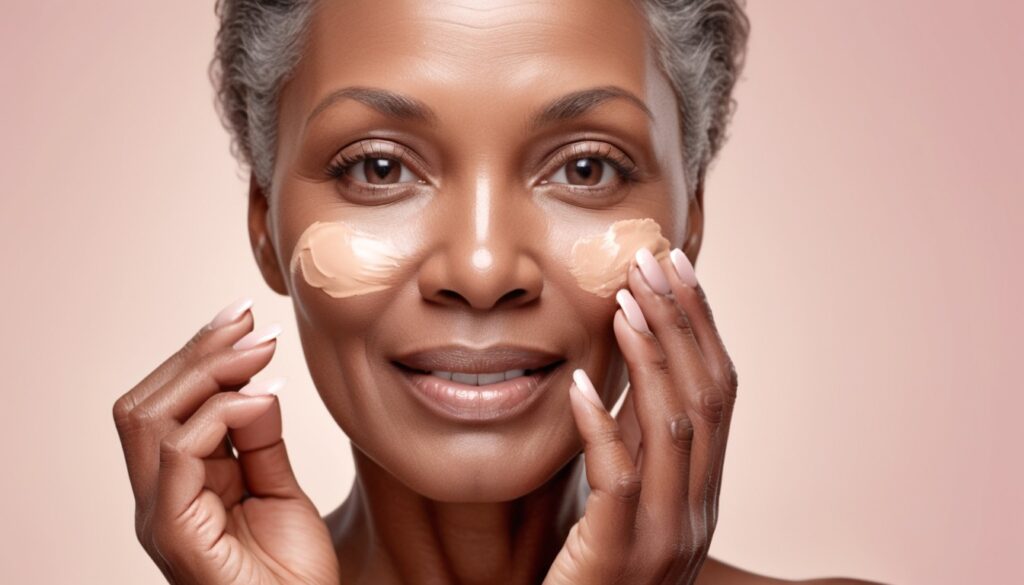
Alright, alright, so we’ve seen that some ingredients in tinted moisturizers can be potential breakout boosters. But it’s not always a straightforward culprit-victim situation. There are a few other factors that can influence whether your beloved tinted moisturizer becomes a breakout buddy or a breakout boo.
The Skin Type Shuffle: Finding Your Perfect Match
Just like finding the perfect jeans, finding the right tinted moisturizer is all about compatibility. Here’s a quick rundown:
- Oily Skin: Look for oil-free, non-comedogenic formulas with mattifying ingredients.
- Dry Skin: Hyaluronic acid and glycerin-based tinted moisturizers will provide much-needed hydration without clogging pores.
- Combination Skin: Gel-based formulas are a good option, as they’re lightweight and hydrating without being greasy.
Application Antics: Are You Doing It Right?
Believe it or not, even the way you apply your tinted moisturizer can affect your breakouts. Here are some tips:
- Clean Canvas: Always apply your tinted moisturizer to clean, dry skin. Oil and dirt can mix with the product and clog pores.
- Brush It Off: Ditch your fingers and use a clean makeup brush to apply your tinted moisturizer. This helps prevent transferring bacteria from your hands to your face.
- Less is More: Don’t go overboard! A thin layer of tinted moisturizer is all you need for a natural-looking finish.
The Daily Grind: How Often is Too Often?
While daily use of a good tinted moisturizer can be part of your skincare routine, sometimes even the right product can cause problems if you use it too much. Here’s the deal:
- Listen to Your Skin: If you notice breakouts after daily use, try scaling back to every other day or using it only on special occasions.
- Cleanse Like a Queen: No matter how often you use your tinted moisturizer, make sure you cleanse your face thoroughly at night or double cleanse to remove all traces of makeup and prevent clogged pores.
Breakout Bashers: How to Find Your Perfect Tinted BFF
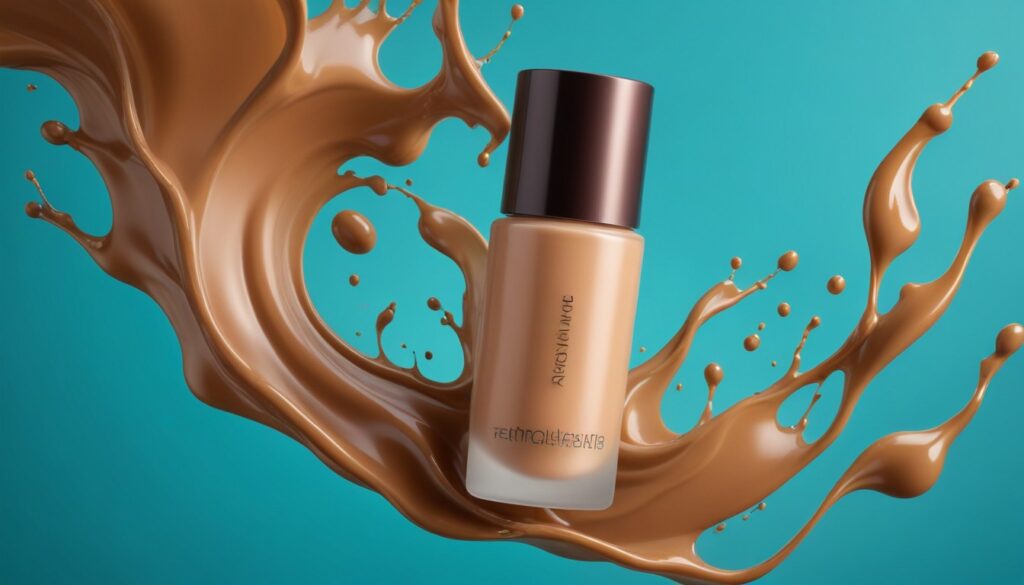
So it seems tinted moisturizers can be a bit of a wild card when it comes to acne. But there are ways to keep your skin clear and your makeup game strong. Here are some tips for finding a tinted moisturizer that won’t break you out:
The Non-Comedogenic Crusade: Choose Wisely
This might seem obvious, but it’s key! Look for tinted moisturizers labelled “non-comedogenic” or “oil-free.” These formulas are less likely to clog your pores and cause breakouts.
Patch Test: Be a Safe Swatcher
Before you slather a new tinted moisturizer all over your face, do a patch test! Apply a small amount to your inner arm and wait 24 hours. If there’s no redness, itching, or irritation, you’re probably good to go.
Explore Greener Options
Some people find that natural and organic tinted moisturizers are gentler on their skin. These formulas often contain fewer potentially irritating ingredients.
Alternative All-Stars: BB and CC Creams to the Rescue!
If you’re still worried about breakouts, consider exploring BB creams or CC creams. These offer similar coverage to tinted moisturizers but might be lighter and less likely to clog pores. For a touch more coverage, a lightweight foundation formulated for acne-prone skin could also be an option.
Beauty Resources for the Win!
Finding the right tinted moisturizer can feel like searching for a unicorn, but fret not! Here are a few dermatologist-approved options to get you started:
EltaMD UV Daily Tinted Sunscreen Broad-Spectrum SPF 40: This oil-free, fragrance-free formula offers sheer coverage and SPF protection, making it a great choice for all skin types.

La Roche-Posay Anthelios Tinted Sunscreen SPF 50: This lightweight, oil-free, fragrance-free tinted moisturizer is perfect for oily, sensitive skin. It provides hydration and minimizes redness while offering sun protection of SPF 50.
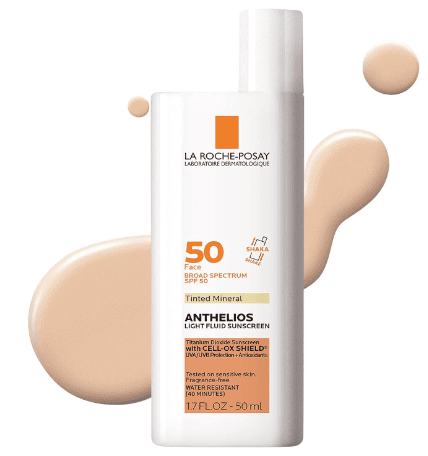
DRMTLGY Anti-Aging Tinted Moisturizer with SPF 46: This moisturizer is lightweight, non-greasy, provides sheer coverage and minimizes the appearance of fine lines and wrinkles, making it a great option for acne-prone skin.
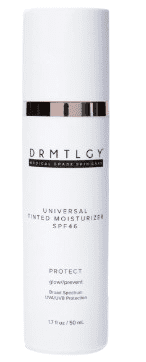
Remember: These are just a few examples, and the best tinted moisturizer for you will depend on your unique skin type and needs.
Skincare Tips for Breakout-Free Skin
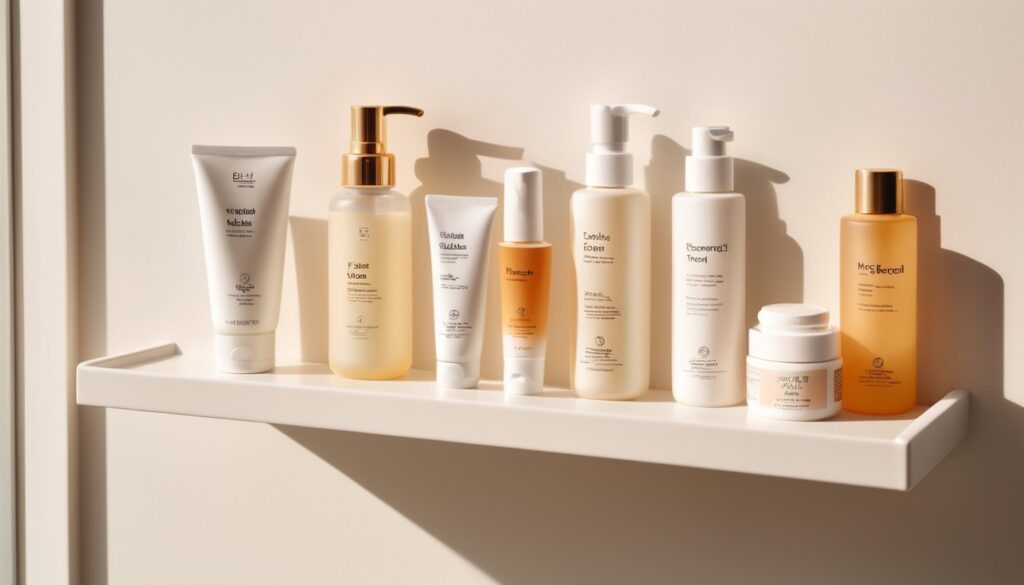
We’ve cracked the case on tinted moisturizers and acne. But remember, a bunch of different things can cause breakouts, and a good skincare routine is your ultimate weapon in the fight for clear skin. Here are some final tips to keep your complexion glowing:
You Do You: Tailor Your Routine
There’s no one-size-fits-all approach to skincare. Listen to your skin and create a routine that addresses your specific needs. If you’re acne-prone, focus on gentle cleansers, oil-free moisturizers, spot treatments clay masks and exfoliants.
Hydrate from the Inside Out: Water is Your BFF
Drinking plenty of water helps flush toxins and keeps your skin plump and hydrated. Aim for eight glasses a day and watch your skin thank you!
Diet Decisions: What You Eat Matters
Sugar and processed foods can wreak havoc on your skin. Focus on a balanced diet with plenty of fruits, veggies, and whole grains to keep your gut and your skin happy.
Get Expert Advice
Dermatologists are the skincare superheroes, and they can be your ultimate allies in the fight against acne. Schedule regular appointments to get personalized advice and find out if tinted moisturizers are right for you.
Final Thoughts
So, can tinted moisturizers cause acne? The answer, like most things in the beauty world, is…it depends! While some ingredients in tinted moisturizers can be comedogenic (pore-clogging) and trigger breakouts, it’s not always a guaranteed culprit.
Here’s the key takeaway: understanding your skin type, choosing the right tinted moisturizer (oil-free, non-comedogenic for the win!), and applying it correctly can all make a huge difference.
Remember, there’s no shame in a little trial and error! Experiment with different formulas, patch test before you slather, and listen to your skin. If you’re still struggling with breakouts, don’t hesitate to consult a dermatologist. They can help you create a personalized skincare routine that keeps your skin happy and glowing, tinted moisturizer or not!
Ultimately, the goal is to find what works best for YOU. With a little knowledge and these handy tips, you can rock that flawless, natural-looking makeup without sacrificing clear skin.
FAQs
Still have questions about tinted moisturizers and acne? No worries, here are some answers to the most frequently asked questions:
- Q: Can I still wear makeup if I have acne?
- A: Absolutely! Just choose non-comedogenic products and be sure to cleanse your face thoroughly before and after applying makeup.
- Q: Should I ditch my favourite moisturizer if it breaks me out?
- A: Maybe not! You could try switching to an oil-free version or using it only on areas that aren’t prone to breakouts.
- Q: Help! I’ve tried everything and my skin is still breaking out. What should I do?
- A: If over-the-counter solutions aren’t working, it’s time to see a dermatologist. They can create a personalized treatment plan to get your acne under control.



Leave a Reply